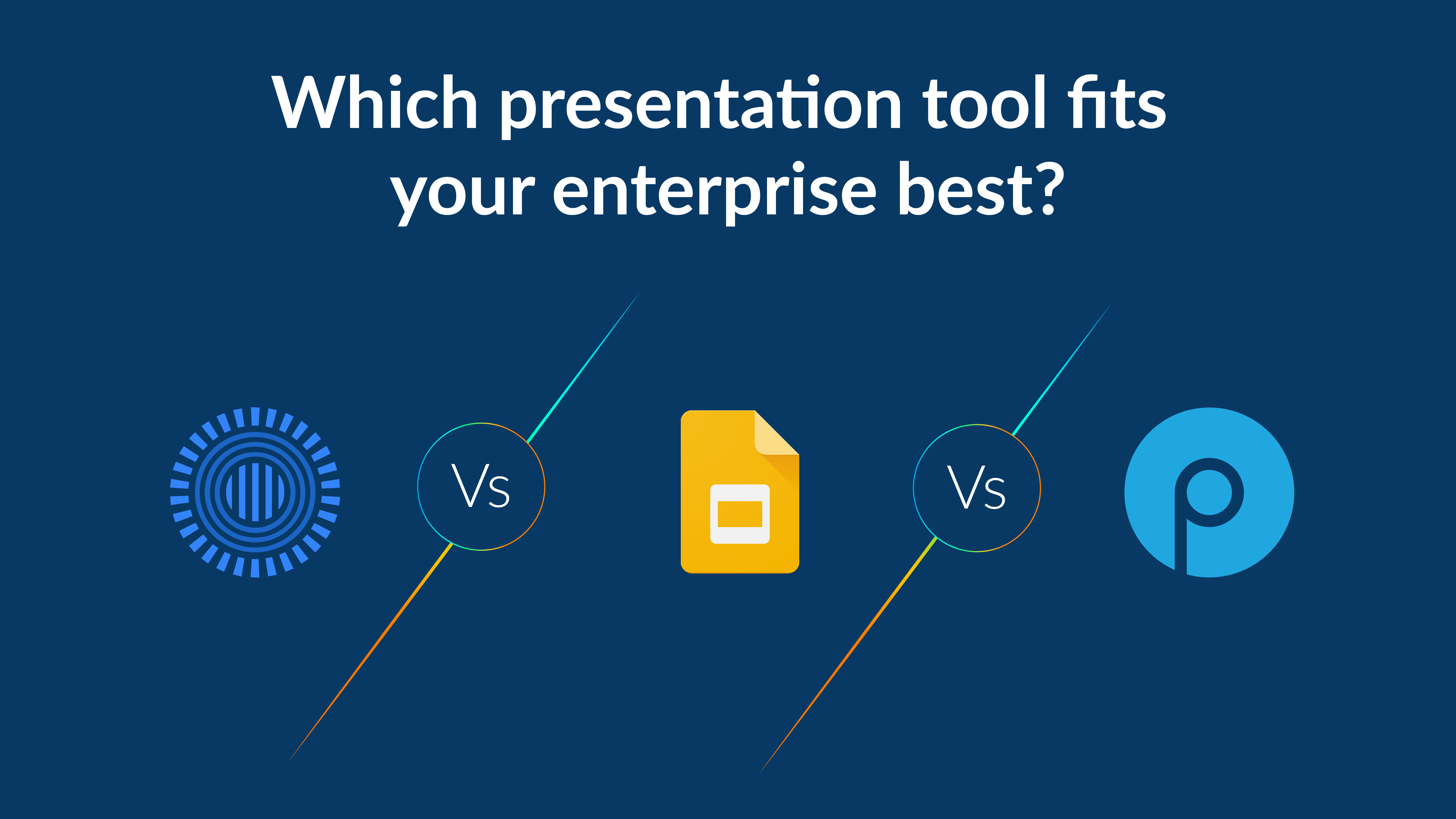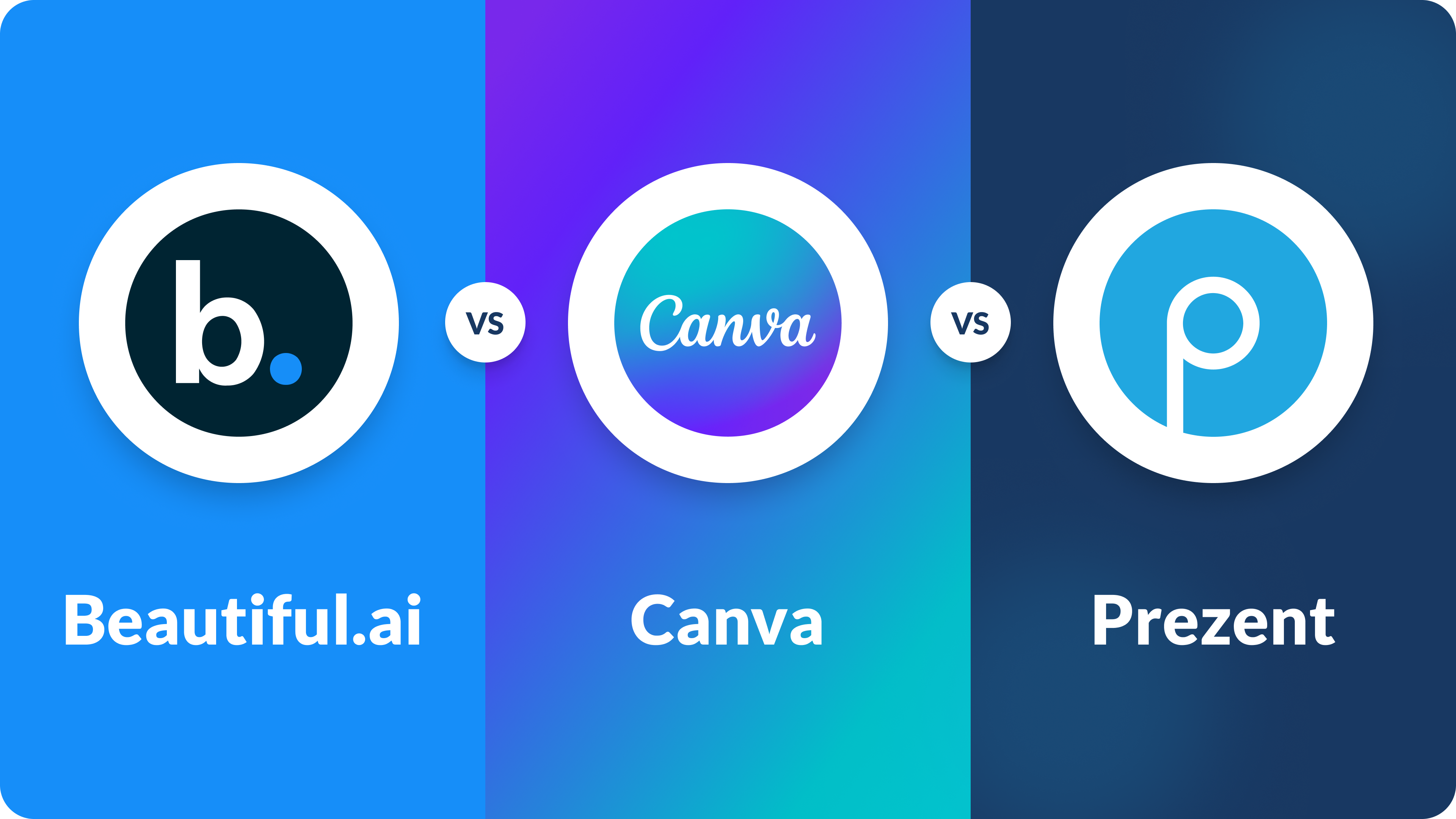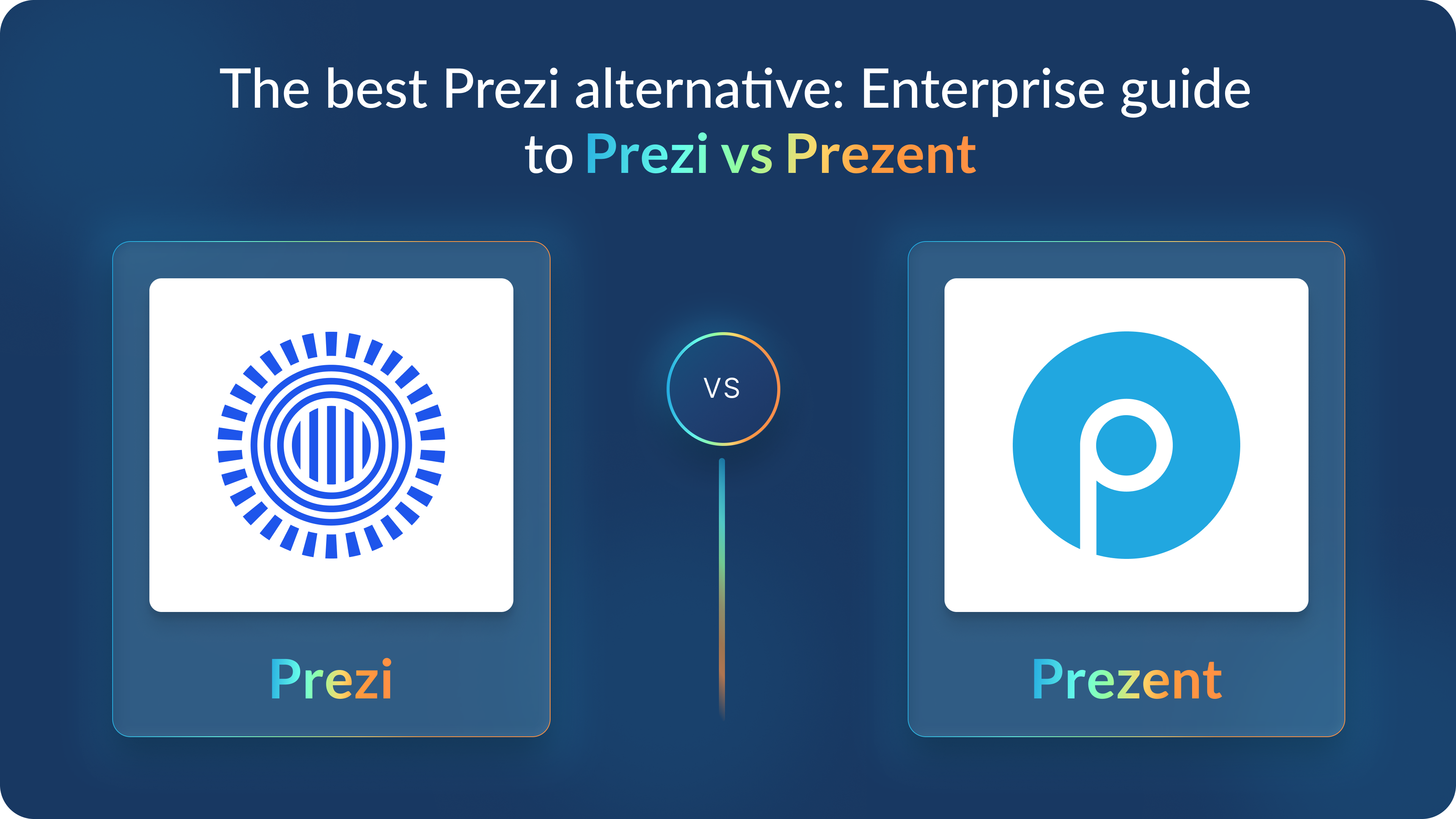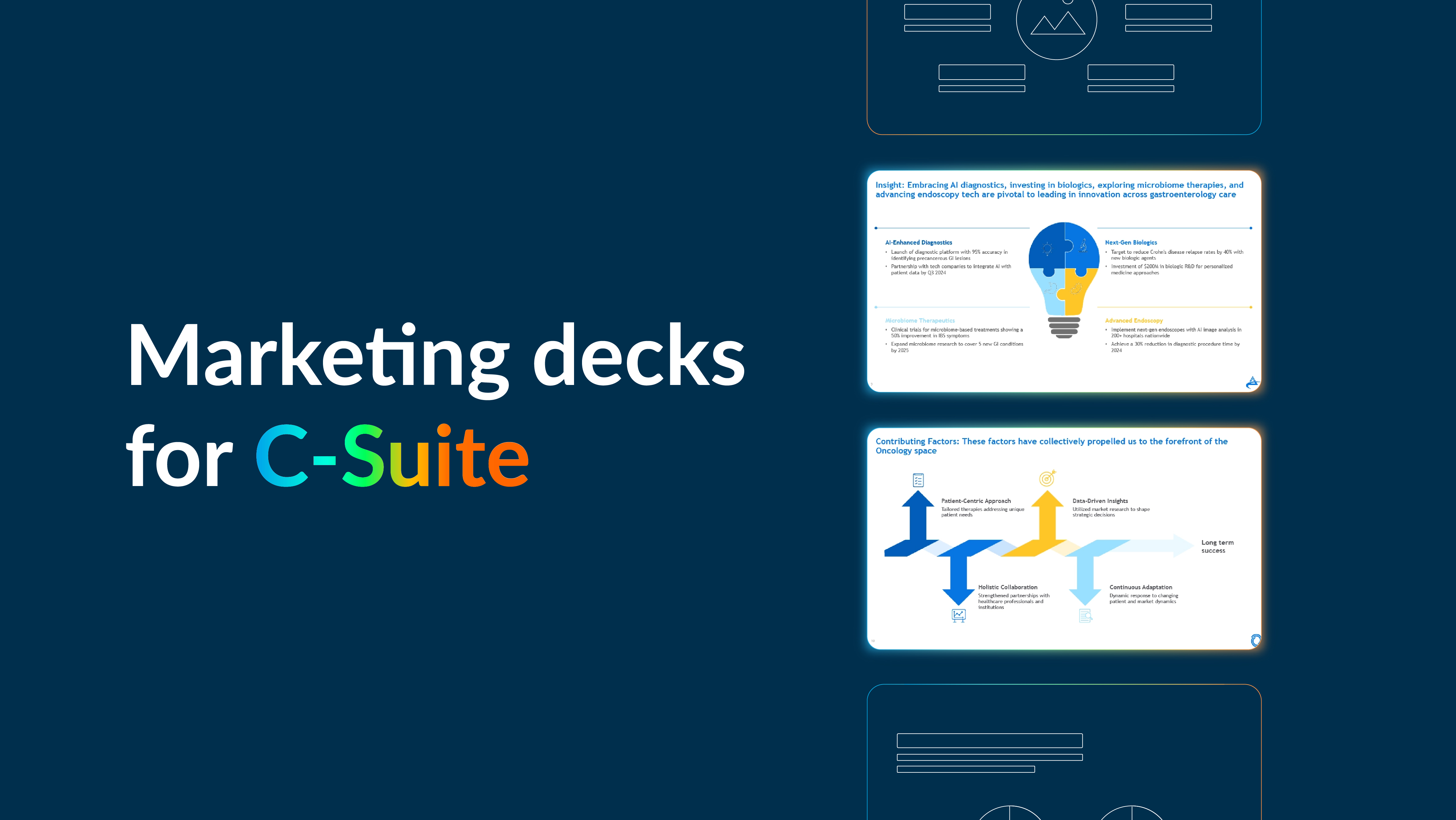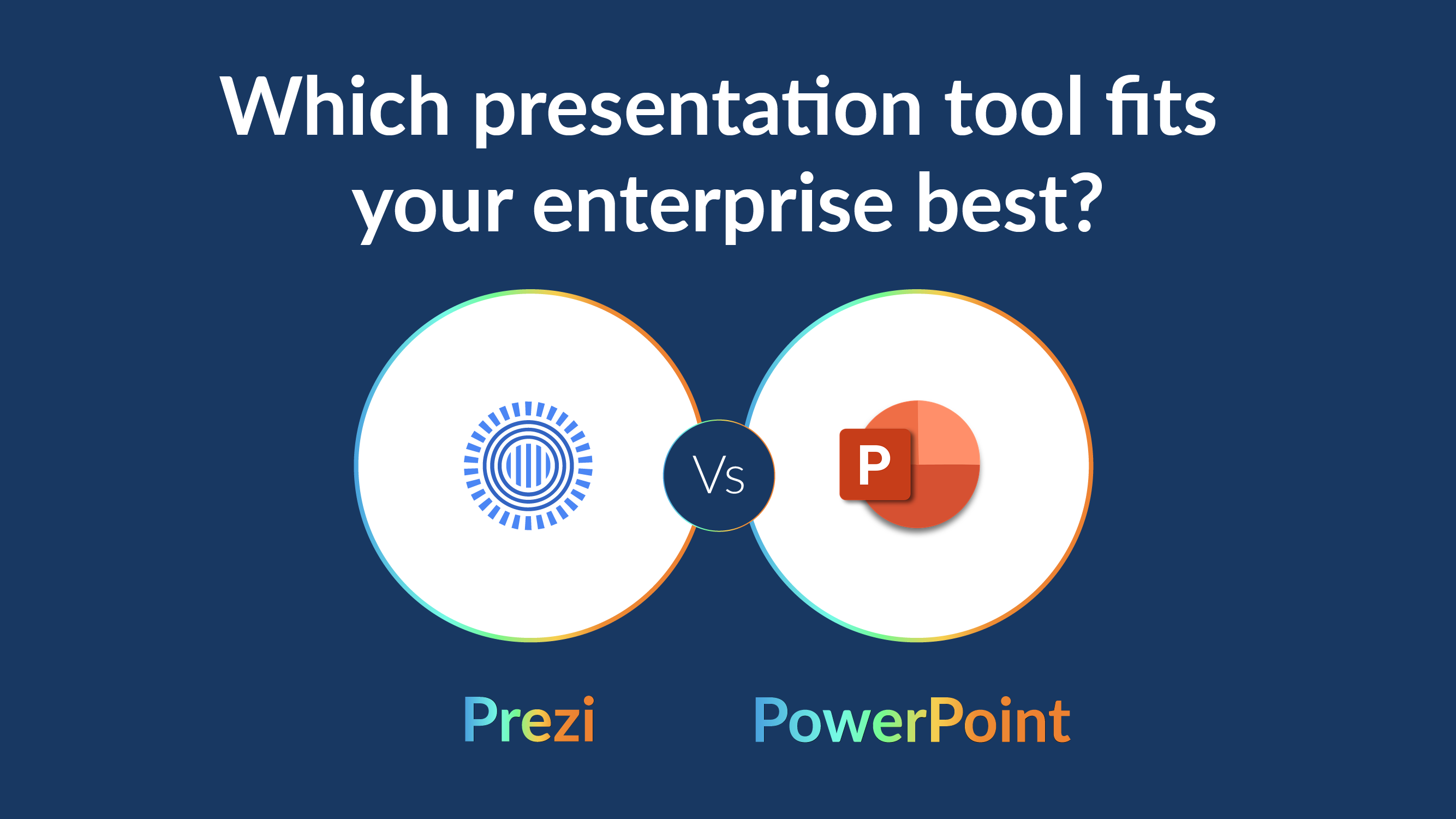How to Own the Room—and Your Presentation—with Lorraine K. Lee's 3 Cs of Modern Executive Presence

It’s 10 PM the night before your presentation, and nerves are creeping in. You know your stuff, but as the clock ticks, the questions start to spiral:
What if my slides don’t tell the story my audience wants to hear?
What if I’m just repeating what they already know?
And…what do I even do with my hands?
If that pre-presentation spiral sounds familiar, you’re not alone. In fact, studies show that nearly 75% of people fear public speaking.
That’s why we sat down with Lorraine K. Lee, best–selling author of Unforgettable Presence: Get Seen, Gain Influence, and Catapult Your Career, to break down her 3 Cs of executive presence, and how they can help you walk into your next next presentation with confidence (even if you were up until 3 AM muttering your talk track to yourself).
What leaders sometimes get “wrong” about creating impactful presentations
Before we dive in, let’s discuss what often trips people up, because sometimes knowing what not to do is just as important as knowing what to do.
According to Lorraine, some of the biggest mistakes don’t happen during the presentation—they happen long before you even start speaking, like not understanding your audience or cramming too much onto your slides.
- Not reading the room: Who’s in the room, and how do they want to receive information? Do they want a pre-read? A short slide deck? A discussion-heavy session? Lorraine says this is one of the most overlooked steps, but getting these insights upfront can be the difference between your presentation landing or falling flat, especially with executives.
- Trying to say too much: “We want to put every single detail in our presentations because they’re near and dear to our hearts,” Lorraine says. Well, don’t. Cramming too much into your slides can overwhelm your audience and bury your message.
The takeaway? Don’t rush, get to know your audience, and focus on what matters most to them, not you. Then, pair that with Lorraine’s 3 Cs, and you’ll walk in ready to own the room.
The 3 Cs of modern executive presence
It’s easy to watch someone step onto the stage and instantly command a room. Tony Robbins. Brené Brown. Simon Sinek. They all speak with purpose, own the moment, and make every word land.
But what else do they do? They communicate clearly, have recognizable career brands, and lead with the kind of credibility that naturally draws people in from the presentation’s first word.
These are Lorraine’s 3 Cs of executive presence: communication, career brand, and credibility.

Communication
"Communication is one of the most important skills in the business world today,” shares Lorraine. “And I think it always will be, even as AI becomes more integrated in business and the landscape evolves.”
In other words, despite technology creeping into our lives, your ability to communicate will continue to set you apart, so embrace that across every stage of your presentation:
- Before: Work with cross-functional teams to pinpoint unnecessary jargon, refine your message, and ensure your presentation is relevant.
- During: Speak with a clear tone, proper pacing, good posture, and maintain eye contact to engage your audience.
- After: Maintain the momentum by taking charge of the Q&A, following up with clear next steps, and making yourself available for ongoing dialogues.
Think of every moment throughout your presentation as an opportunity to communicate with purpose, while also reinforcing your brand and establishing credibility.
Career brand
Instead of thinking about your personal brand as a way to always market yourself, Lorraine suggests reframing your brand as how you’re perceived throughout your entire career. She refers to this as your career brand to better explain what your brand is in service of. While “personal brand” has a lot of negative connotations, your career brand shows that your brand is in service of, well, your career! To get started thinking through yours, follow the EPIC Career Brand Framework:
- Experience: The experiences that have influenced your perspective and skills.
- Personality: The traits and characteristics that define you.
- Identity: The values you stand for and the culture that grounds you.
- Community: Your network and how they see you.
And it doesn’t matter if you’re early in your career or decades in; everyone has a career brand, according to Lorraine—and it’s up to you to shape it. “We can either be intentional about our brands and strengthen them, or leave them to chance and let our community define them for us,” Lorraine shares.
Credibility
"Credibility boils down to trust,” says Lorraine. “It’s whether people believe you’re an expert in something and that you are someone who delivers on what they promise."
And that trust? It’s not just about your title or experience. You can also build trust through preparation, thoughtful follow-through, and how you show up during presentations.
That’s why Lorraine suggests preparing for questions both during and after your presentation, especially if executives are involved.
And if you stumble on one, a simple, “I don't have the answer, but I'll go get that for you,” can go a long way (executives can sniff out a made up answer from a mile away!). As does inviting feedback and remaining accessible, so it’s easy for others to continue the conversation.
How to apply the 3 Cs to each stage of your presentation
The 3 Cs are clear, but how do you apply them to your next presentation? Let’s break it down.
1. Goal setting and audience analysis
You have a big presentation on the calendar, and your instinct is to jump right into PowerPoint or Google Slides.
Lorraine’s advice? Don’t.
Instead, focus on setting goals and understanding your audience using the Think-Do-Feel Matrix:
- Think: What do you want your audience to know by the end of your presentation?
- Do: What action do you want someone to take?
- Feel: What emotions do you want to spark throughout? (Lorraine says this emotional piece is key to actually getting people to take action.)
Lead with that type of clarity, and everything you say will instantly become more on-point, intentional, and memorable.
2. Storyboarding and content
Once you’ve zeroed in on your goals and understand audience expectations, it’s time to put pen to paper.
"Anytime there are 'more powerful people' in the room, you want to make sure you cater the presentation to their preferences,” Lorraine explains. “They’re busy and don't have a lot of time to understand the context, absorb the message, and take action."
To keep things clear and actionable, Lorraine recommends using simple storytelling frameworks like problem, solution, and benefit or past, present, future. Then, group content into digestible sections that are clear and memorable.
Not sure where to start? Prezent’s Story Builder gives you access to more than 1,000 expert-curated storylines tailored to everything from all-hands meetings and clinical trial investment decisions to brand plans and presentations on gene therapy.
Simply select your storyline, and Prezent will convert it into a fully formed presentation shell in seconds, so you can spend less time searching and more time perfecting your presentation.
3. Design and visuals
Don’t try to cram everything onto a slide. Instead, Lorraine suggests the opposite: one clear idea per slide. The test? If someone took a photo of your slide, would it still make sense a few days later without you there to explain it?
To add even more impact to your slides, Lorraine suggests:
- Using visual cutouts (images with backgrounds removed) to direct focus.
- Replacing traditional bullet points with icons to make content more engaging and easier to scan.
- Opting for larger fonts to ensure readability on any screen.
Prezent’s Slide Library can also help by giving you access to more than 35,000 expert-designed slides that support your message, reinforce core points, and incorporate the kind of movement that Lorraine says is essential to keeping your audience engaged. “Movement is the gateway to attention,” she shares. “It gives you a dopamine boost.” That means more slide changes, fade-ins, and animations.
4. Rehearsal and feedback
Lorraine once had a conversation with fellow expert Spencer Waldron that perfectly captured why so many people feel nervous about presenting: they don’t practice enough.
Spencer shared with her that you should aim for an hour of practice for every minute of presentation. While that may not be realistic for everyone, the point remains: Never. Wing. It.
Run through the presentation live, preferably with someone who can provide feedback. “It can be nerve-wracking to practice in front of peers,” she admits, “but that feedback is critical.”
And if you find yourself stumbling over words, here’s some more advice from Spencer: Filler words often sneak in when we’re in a relaxed state. The easy fix? Speak 25% louder and bring a bit more energy.
5. Delivery and audience engagement
You’ve done the preparation, refined the slides to tell a clear story, and practiced your presentation so many times that your manager could present it for you. Now, it’s time to deliver.
But instead of diving directly into the usual, “Hi, here’s why I’m here today,” Lorraine offers a more engaging approach, such as a thought starter, a surprising statistic, or a bold claim that makes people sit up in their seats.
And to maintain that engagement, she suggests using pattern interrupts or state changes, such as polls and interactive moments, that jolt the audience out of autopilot
These shifts can draw your audience back into focus, she says. “They trigger someone to wake up and re-engage.” Her recommendations? Aim for two intentional movements per minute.
Being present: The key to standing out in the age of AI
AI and automation may be changing how we work, but they’ll never eliminate our need to connect with others and communicate. And according to Lorraine, those who can consistently do this will stand out.
“Delivering a strong presentation is one of the best ways to grow your career,” she explains. “It’s a powerful way to get visibility and show your value to others.”
Lorraine’s 3 Cs can help you do exactly that.
And when you bring those skills into presentations shaped by contextual AI, like Astrid, that not only understands you, but also the nuances of your industry, company, team, and audience, you ensure your message lands every time.
Want to see how Prezent’s contextual AI can help you tailor your slides and storyline to whoever’s in the room? Schedule a demo today.

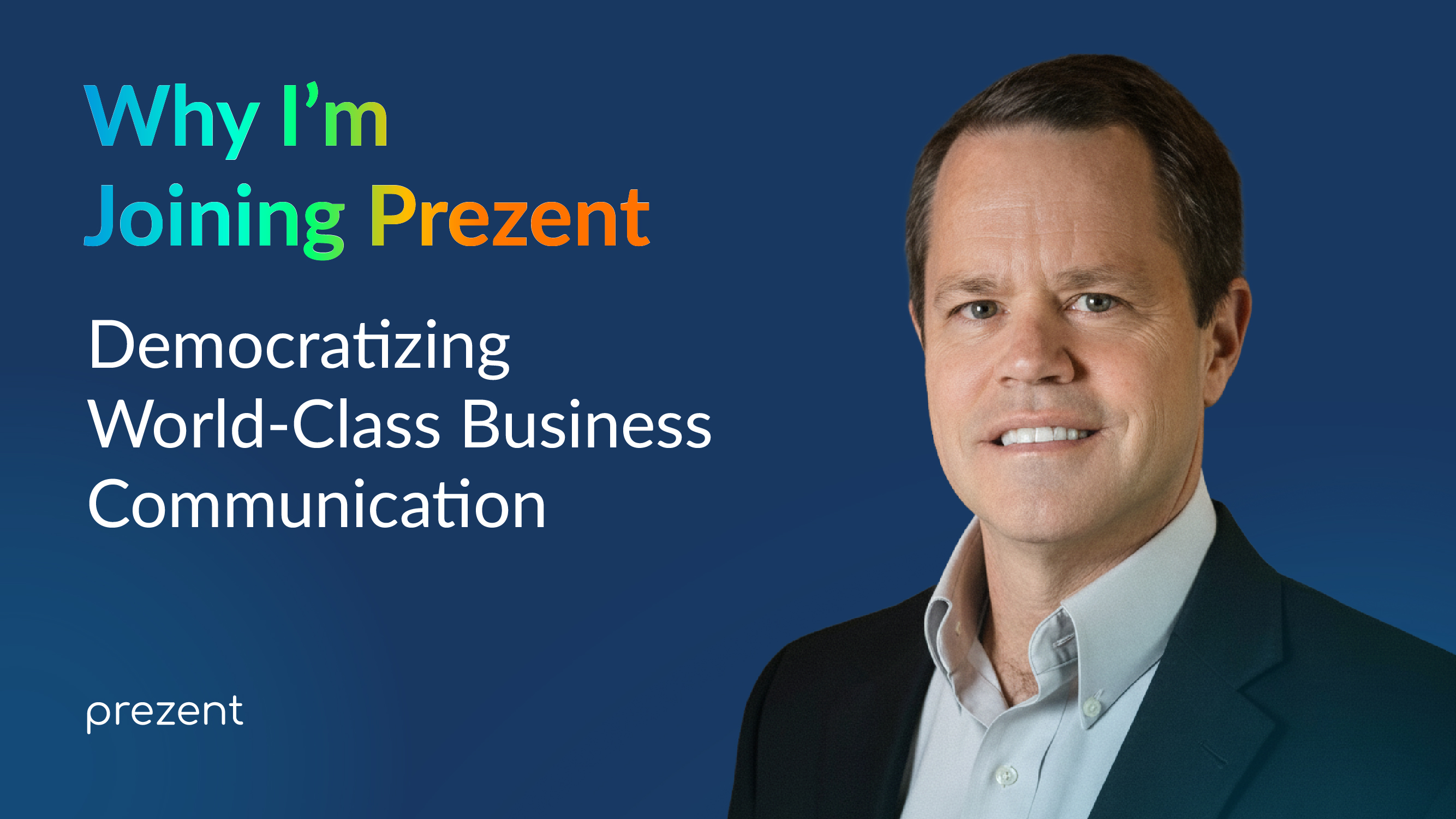

.avif)


